Phase 2: Starting (Planning and Piloting)
Start by watching the brief introductory video below or reading its transcript, then explore helpful resources on this page. To download a customizable work plan, please click here.
District Leadership through the Domains of the UDL-SICC
Support Recommendations for Phase 2
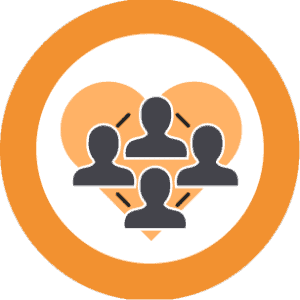
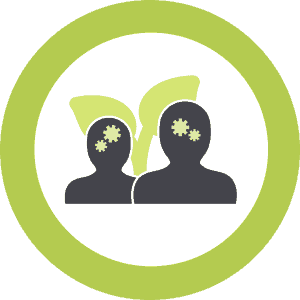
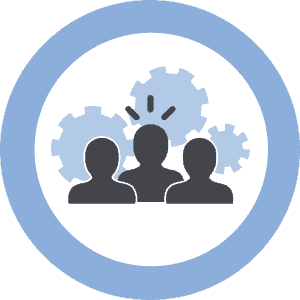
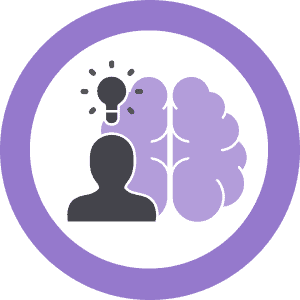
District and school leaders provide professional learning opportunities that are multi-faceted, job-embedded and designed using the UDL framework. They offer flexible learning opportunities to support educators at levels of UDL knowledge. Educators designing professional learning seek ways to partner with district, school, and community stakeholders to create authentic activities that make UDL clear, actionable, and contextualized to educators’ given content areas.
Driving Questions and Suggested Steps
What are our district goals and our strategies for achieving them?
- To support change and ensure that UDL takes root in your system, set goals and a corresponding theory of action that target the key areas that support the domains and elements of the UDL-SICC. Remember to tie these efforts to your new inclusive vision, mission and values. Use the areas of growth identified in Phase 1 to guide your goal setting and theory of action. Below are some possible examples of places where goal and strategy development may be helpful:
- Student and staff perceptions of belonging and inclusion within the district
- Growth in educator understanding and ability to implement UDL across all levels of the system
- Chief executive
- District teaching and learning staff
- Site leaders
- Support providers
- Teachers
- Policy and procedural shifts aligning to UDL - resource allocation protocols, student referral practices, classroom design, etc.
- Goals for district transformation and student achievement - what new systems do you want UDL to usher into the system? How will UDL implementation align with inclusion rates for students with IEPs, English learner programmatic design, discipline data, student achievement achievement, and SEL integration?
Who is coming with us?
- Develop plans for rolling out UDL within your district that have built in progress monitoring strategies. Areas of planning may include, but are not limited to:
- Communication cycles for key stakeholder groups:
- Internal messaging timelines for when and how UDL will be rolled out- How will people learn about the UDL movement and its application to their roles?
- External messaging to your community about UDL - how will your community learn what UDL is? How will you listen to them to learn their thoughts on implementation?
- Global messaging on implementation progress to school board and greater district
- Strategies for gathering feedback from internal and external stakeholders regarding elements of your district’s UDL rollout
- Establish communication plans for sharing these learnings and changes coming from your internal and external stakeholders
- UDL implementation and expert learner practice expectations from chief executive to school leader to teacher to students - Are we asking each other what we are learning? When faced with a challenge, do we give up or blame others or do we see it as an opportunity for learning? When are we calling out behaviors and language that exemplifies having a growth mindset personally?
- UDL Team - gather a team of site and district leaders who craft a theory of action and corresponding rollout plan for UDL.
- Within the plan, name how UDL integrates with other initiatives within the district supportive of expert learning, equity, and inclusion values.
- Gather and empower a cohort of schools committing to pursuing UDL-SICC to support schoolwide implementation. What is our theory of action and/or strategy for supporting these schools to change their practices?
- Interview these school leadership teams to find the conditions they need from their district to feel supported and equipped for their journey to pilot using the UDL-SICC to support schoolwide implementation and use what you learn to create these structures and systems.
- Communication cycles for key stakeholder groups:
What do we need to learn and do differently?
- Survey the landscape of UDL training options and find trainers to support your district’s UDL journey. Also identify and equip individuals within your district to develop internally as UDL experts. Some examples of professional development to adopt or develop may include, but are not limited to:
- Trainings equip educators in the following ways:
- Application of universally designed goal setting values, theory, and strategies
- Implementation of lesson success criteria tied to state standards - including rubric building
- Integration of CAASPP accessibility support strategies in daily lessons
- Strategies for weaving UDL with other equity based initiatives such as MTSS
- Finding UDL within learning experiences
- UDL based changes to site and district improvement processes
- Data driven continuous improvement strategies
- Professional development is multi-faceted and models UDL continuously:
- Goal driven but flexible in how participants achieve learning expectations
- Aligned with UDL-SICC criteria
- Ties to the UDL principles, guidelines, and checkpoints
- Answers staff’s questions and addresses staff concerns related to UDL integration
- Refers to staff as expert learners
- Included options which are job-embedded and applicable to real life lesson design
- Offer staff members opportunities to set their own goals, develop their own strategies, and monitor their own progress related to UDL implementation
- Provides mastery oriented feedback related to areas of educator strength and growth
- Trainings equip educators in the following ways:
- Support schools to use the growth areas identified in Phase 1 using the UDL-SICC Self-Assessment to set goals and integrate implementation plans with their improvement processes. Supports schools to customize the UDL-SICC Goal Setting and Planning Tool to meet their needs.
- Based on the audit of systems done in phase 1, consider needed changes to policies, and procedures to determine alignment with comprehensive UDL implementation.
- School and district communication strategies
- Assessment and grading policies and practices
- Discipline policies
- District data systems
- Professional development and instructional resources
- Quality of professional learning
- Quality and/or opportunity for job embedded coaching
- Training and time for peer to peer collaboration
- Curriculum resource review and acquisition processes
- Policies behind technology both for learning and district infrastructure
- Initiative crosswalking for coherence
- District fiscal practices and policies
- Human resource policies
- Communication practices
- Family partnership practices
- Teacher evaluation processes
- ***This list can and should grow. Remember part of the expert learning process is seeing how one’s knowledge and skills related to UDL grow when applied to new contexts.
- Survey the landscape of UDL training options and find trainers to support your district’s UDL journey. Also identify and equip individuals within your district to develop internally as UDL experts. Some examples of professional development to adopt or develop may include, but are not limited to:
Are we making progress?
- This step is all about establishing how your district will measure UDL integration and growth within your district. Remember it is important to have visible and actionable data and to build continuous revision cycles into your planning. First, empower schools to use and customize tools that accompany the UDL-SICC like the Self-Assessment, and the Goal Setting and Planning Tool. The UDL-SICC process is an especially helpful way to empower principals and school leadership teams to start their own individualized journey with UDL integration. Next, work with district leadership teams to capture ways elements from the above tools can be generalized to district levels. Some examples of considerations for progress monitoring include:
- Identifying and measuring UDL implementation indicators based on the UDL-SICC - how will you equip teams to know what UDL looks like within your district?
- Assessment audits - how do you measure the degree your assessment practices align with UDL?
- Identify a cadence for feedback cycles and protocols for making changes to your district plans based on what is working and what isn’t
- Data dashboard creation - how will you create a way to visualize district and site progress in implementation of UDL?
Collaboration and Community:
Many folks in your position seek to speak with others in the same situation – if that’s true for you, consider joining a greater community of practitioners driving UDL implementation in their schools and districts across California. Reach out to Udl@ccee-ca.org to find a network near you or look below to find county offices leading this work within California!
The CA UDL Coalition
The California UDL Coalition, a grassroots consortia of state programs, county offices of education, and nonprofit organizations. The Coalition runs the CA UDL Network, a community of practitioners and organizations across the state that are either implementing UDL or supporting the implementation efforts of others. They meet virtually several times a year.
To learn more about the CA UDL Coalition and how they individually and collectively support UDL, you can email CAUDLCoalition@gmail.com
Markers Showing You’re Ready for Phase 3:
Clear goals and related data metrics defining where you would like your district to be related to UDL implementation
Metrics targeting growth goals in student achievement, LRE placement, etc. and the ability to disaggregate data based on student identification factors (e.g. race, socioeconomic status, foster homeless, IEP, home language, etc.)
Establishment timelines for progress monitoring and decision making based on predetermined data metrics
A Theory of Action aligned to your UDL goals outlining your district’s strategy for UDL integration
Data establishing your district baselines for staff and student perceptions of belonging within the district
District policies and procedures showing shifts toward UDL – e.g. new resource allocation protocols, student referral practices, classroom design based on flexibility and options
UDL along with the term “Expert Learner” is built into both internal and external district communications
Clearly established communication and idea gathering strategy and correspondingly assigned personnel tasked with gathering feedback and revision ideas on the UDL rollout
Establishment of a district UDL Team tasked with rolling out and monitoring UDL theory of action and supporting school sites working toward UDL-SICC certification and those who are not
A gathered set of school leadership teams using the UDL-SICC to improve UDL implementation
These teams have completed the process defined by the UDL-SICC Goal Setting and Planning Tool
A completed survey of UDL trainings done within your district that align with UDL-SICC criteria and utilized a range of instructional methods, allowing for educators and your district community to have options in how they are equipped with UDL understanding
All schools in your district have completed the UDL-SICC Self-Assessment
RESOURCES
Resources to Help You:
We’ve gathered resources from a variety of sources, both here in California as well as nationally. Our intent is to provide you with options that you can choose from to best suit your needs and context.
Creating Goals and Success Criteria; Plan Development
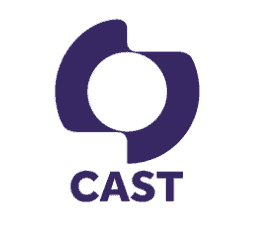
Your UDL Journey: A Systems Approach to Transforming Instruction
- “The authors provide a guide - not a rigid step-by-step manual - for acopting UDL as the conceptual framework for an entire system, not just individual classrooms”
- Chapter 5 works through this stage of implementation, guiding you to:
-
Map resources
- Create goals
- Connect UDL to your vision
- Debunk myths and foster buy-in
-
Map resources

The Assessment Playbook: A UDL Approach
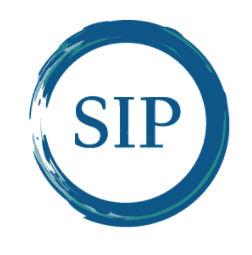
Supporting Inclusive Practices
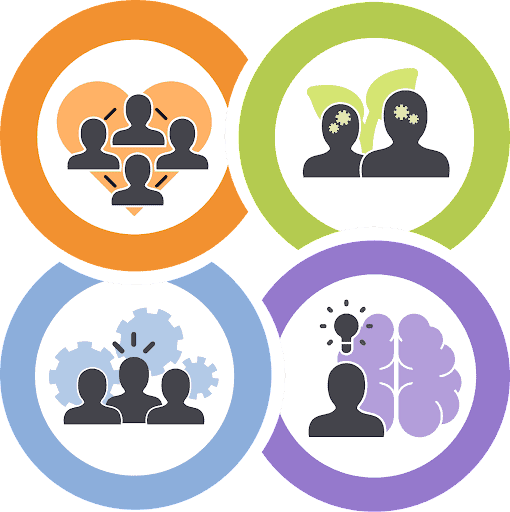
UDL-SICC Guide

UDL-SICC Goal Setting and Planning Tool
This tool supports school teams to set goals and create an implementation plan.

UDL Initiative Alignment Tool
Professional Learning
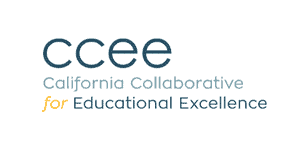
UDL for Educator Empowerment
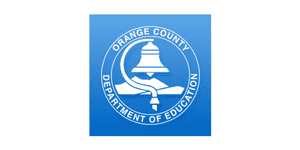
UDL 101: Learn the Basics of Universal Design for Learning
- Understand the connection between UDL, differentiation and the California Multi‐Tiered System of Support (CA MTSS);
- Learn about the three principles of UDL (Representation, Action/Expression, Engagement);
- Explore strategies and resources for utilizing UDL to support all students across content areas.
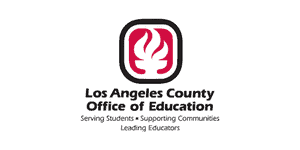
UDL in Under 60 Minutes
This course is hosted on LearningDesigned.org and is provided at no cost.

UDL Boot Camp Online

Inclusive Literacy by Design

UDL Basics
Our UDL Basics Modules provide a complete overview of the Universal Design for Learning Framework.
Learn how this framework can transform learning opportunities for all students.

UDL for Admins
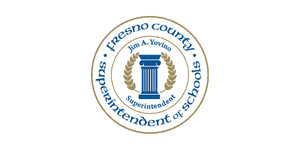
UDL Implementation
From FCOE: Once schools understand the concept of “designing to the edges” and the foundational principles of UDL, then it is time to make a plan for implementation. Where should a district begin in this journey? Where does a school site or teacher start on this mission? These are the questions that will be answered during this 1-day professional learning opportunity surrounding the implementation of UDL at multiple levels.

Design to the Edges: UDL 101

Design to the Edges: UDL for English Learners
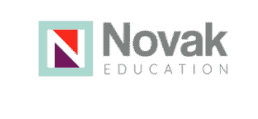
UDL Now! A Teacher’s Guide to Applying Universal Design for Learning in Today’s Classrooms

Five ways to Drive Professional Learning the UDL Way

Supercharge your Professional Learning
Engagement and Communication

Why you should be an expert learner (for Kids!)

6 Myths About Universal Design for Learning
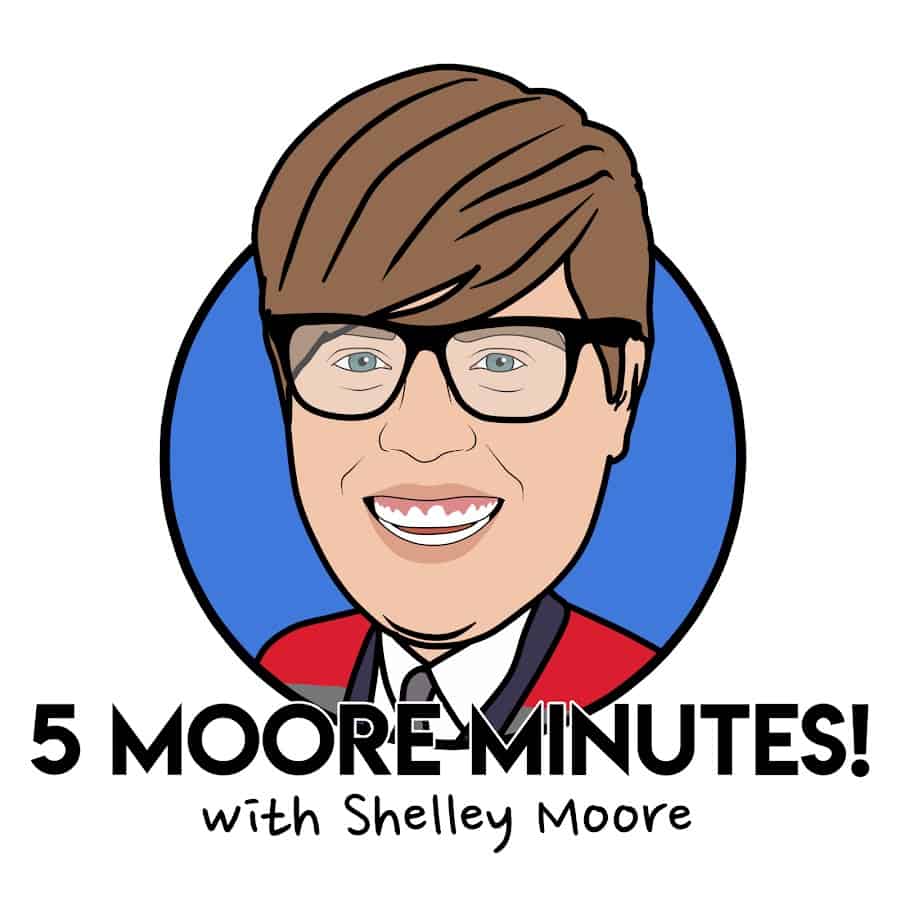
Transforming Inclusive Education
Progress Monitoring
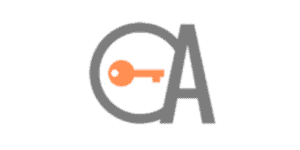
UDL Look-Fors
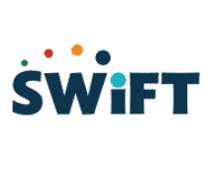
Fidelity Integrity Assessment
This tool may be familiar to you if you’ve already been implementing MTSS as part of the CA MTSS Initiative.
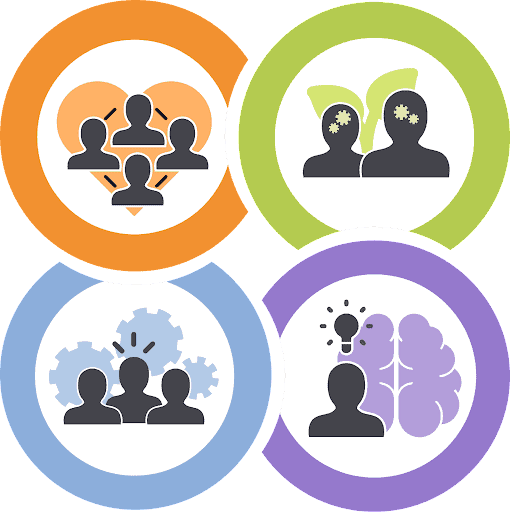
The UDL-SICC Self-Assessment
WORK PLAN
Download a Customizable Work Plan
Enter your information below to download a work plan you can customize to your needs.
UDL School Implementation & Certification Criteria (UDL-SICC) by CAST, Inc. is licensed under CC BY-NC-ND 4.0
UDL-SICC Goal Setting and Planning Tool by CAST, Inc. is licensed under CC BY-NC-ND 4.0
UDL-SICC Guide by CAST, Inc. is licensed under CC BY-NC-ND 4.0
UDL Initiative Alignment Tool by CAST, Inc. is licensed under CC BY-NC-ND 4.0
UDL-SICC Readiness Indicators by CAST, Inc. is licensed under CC BY-NC-ND 4.0
UDL-SICC Self Assessment by CAST, Inc. is licensed under CC BY-NC-ND 4.0
